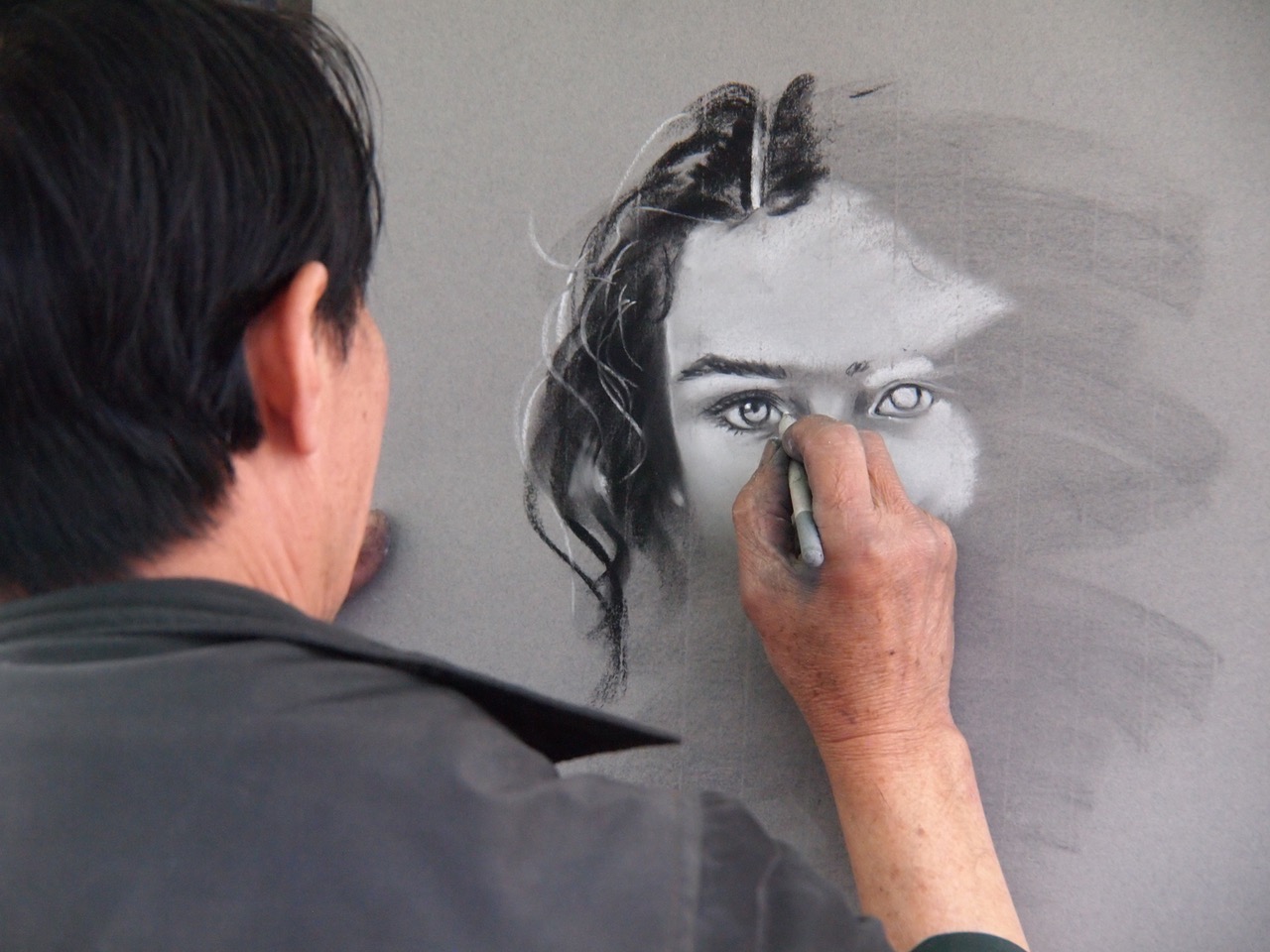Our pastor recently preached on the “unrelenting power” of art. He reminded us that our Creator God has invited us as God’s image-bearers to be creators too. I discussed with painter Merrill Freed afterward how it felt as an artist to hear this invitation of God to join Him in creating. Later in the conversation, Merrill noted that he keeps in mind eight principles of design when painting—Dominance, Balance, Contrast, Gradation, Variation, Alternation, Harmony and Unity.
A stirring realization took hold as I considered this list. If God is the Designer, He is the source and perfect practitioner of these principles. And, if we are called and invited to join God in creating, these design principles are for each of us also. We may not all be artists with our hands, but with God’s sustaining and life-breathing power, we are designing and creating [in] our own lives here on earth.
Indeed, we are always creating. Whether we mean to or not, we are creating memories for ourselves and others. Whether we mean to or not, we are creating impressions. We are creating relationships. We are creating patterns of thinking and feeling and acting. We are creating some type of legacy.
How “artistic” are our creations? How much do our creations reflect our Creator? To answer these questions, we need to dig deeper still—What is God’s desire in Creation and in our creations? Over the next months, we will explore together both these questions and the ways God’s principles of design can be incorporated more fully into our lives.
Let us begin with the foundational question, “What was God’s desire in Creation, particularly in making us humans?” If you have never asked yourself these questions, pause to consider and jot down all the answers you can. The array of answers Christians through the centuries have “jotted down” are many.
Why did God make the world? Before Creation, God was complete in the Trinity—three Persons in an eternal dance of mutual honor and love. Yet, God desired to make the world. Why?
God created the cosmos not from a sense of need or lack but from His own fullness and completeness. God created from His own nature, from Who God Is. After all, God is “I AM” (Ex 3:14). God is a Creator, a Maker, an Artist. A Creator creates—creates in keeping with His own being and character. God is beautiful, so He created beauty. God is good, so He created all things good. God is beyond human understanding, so He created a huge, intricate, complex, orderly cosmos beyond our comprehension.
Long before humans understood science, they knew that contemplating the natural world told them about God. God’s fingerprints are all over His creation. As Paul states in Romans 1:20, “For since the creation of the world His invisible attributes, His eternal power and divine nature, have been clearly seen, being understood through what has been made…”
What can we learn about God from looking at His creation? Take time this month to look, really look, around you. Where do you see the fingerprints of God? The ongoing presence of God? How does God express Himself in nature, in humanity, in you? And start to think about next week’s question—What was God’s desire in creating humans, His image-bearers?

